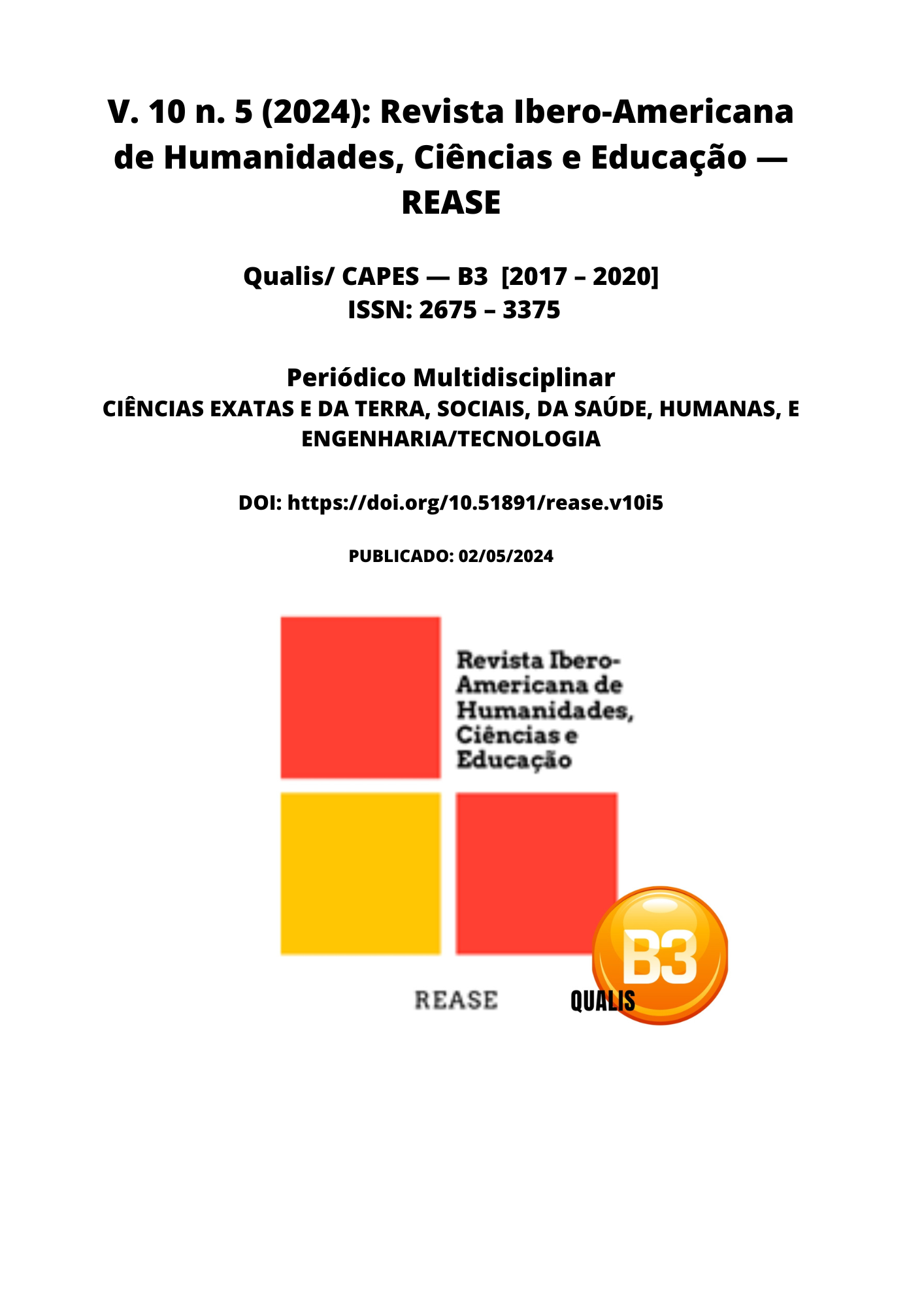TOTAL HYSTERECTOMY: A LITERATURE REVIEW
DOI:
https://doi.org/10.51891/rease.v10i5.14041Keywords:
Hysterectomy. General Surgery. Gynecology.Abstract
Hysterectomy is a surgical intervention that consists of removing the uterus, and can vary in extent, from removing only the uterine body to complete removal of the uterus with the cervix, ovaries and fallopian tubes. This operation is one of the most common gynecological surgeries and is performed to treat a variety of conditions that affect the female reproductive system. Hysterectomy includes three main types. Total hysterectomy includes removal of the entire uterus and cervix. Partial or supracervical hysterectomy involves removing the body of the uterus while keeping the cervix intact. Radical hysterectomy is performed mainly when there is cancer, including removal of the uterus, the tissue around the uterine ligaments, the cervix and the upper part of the vagina. This narrative literature review brought together articles published in the last five years in the PUBMED and SciELO databases, aiming to indicate the main indications for total hysterectomy. It was concluded that the main indications for total hysterectomy include: uterine fibroids, severe endometriosis, uterine prolapse, gynecological cancer, abnormal uterine bleeding and adenomyosis.
Downloads
Downloads
Published
How to Cite
Issue
Section
Categories
License
Atribuição CC BY

